Education, Environment, Art
Creative Learning
an online resource for creative educational concepts
Creative Learning
Environment Okinawa
an online resource for creative educational concepts
 Illustration of the evolution of human learning environments
Left: “primitive” learning completely immersed in the natural and social environment
Middle: the contemporary institutionalised learning environment more often then not contained in a box
Right: The diversification of creative learning environments of the future
Illustration of the evolution of human learning environments
Left: “primitive” learning completely immersed in the natural and social environment
Middle: the contemporary institutionalised learning environment more often then not contained in a box
Right: The diversification of creative learning environments of the future
Creative Learning Environment Background
a new approach towards (institutional) learning
Learning was once a truly universal experience. Immersed in an environment beyond full comprehension, humans employed all their senses to make sense of the world around them.
This deep engagement with the environment—combined with a creative impulse, arguably the most powerful of all human capacities—formed the foundation for the remarkable evolution of mankind.
What is now often referred to as immersive learning was, in fact, the natural and dominant mode of learning throughout most of human history. This changed with the Industrial Revolution and the emergence of the nation-state, which demanded more rationalized and controllable forms of learning—and placed them into a box, or what we now call “school”.
Our mission is to develop and share concepts that recognize learning as an inherently creative process, and to move both learning and the learner out of the box and back into rich, dynamic social and natural environments.
a new approach towards (institutional) learning
Learning was once a truly universal experience. Immersed in an environment beyond full comprehension, humans employed all their senses to make sense of the world around them.
This deep engagement with the environment—combined with a creative impulse, arguably the most powerful of all human capacities—formed the foundation for the remarkable evolution of mankind.
What is now often referred to as immersive learning was, in fact, the natural and dominant mode of learning throughout most of human history. This changed with the Industrial Revolution and the emergence of the nation-state, which demanded more rationalized and controllable forms of learning—and placed them into a box, or what we now call “school”.
Our mission is to develop and share concepts that recognize learning as an inherently creative process, and to move both learning and the learner out of the box and back into rich, dynamic social and natural environments.
Creative Learning Environment (CLE) overview
Learning is not defined by manuals or curricula, but by fields of activity
Institutionalised learning is more often than not overwhelmingly defined by a curriculum. For a variety of reasons - that often have more to do with management and accountabilty than with the quality of learning - we have settled on the curriculum as the main conveyor of learning content and this creates a number of profound challenges.
By conveying something so complex and multifaceteded like human learning in a written “manual” we are radically limiting the experience of the learner. While there is a lot of content conveyable via a written manual, there are clear limits especially in regard to developing creativity and hands on experience with multidemensional tasks embedded in complex environments.
At the beginning of the 21st Century, in what often is refered to as the “Anthropocene”, we more and more understand that it is not knowledge or prescribed methodology that helps us face a new category of human-induced problems, but that we have to support the development of new forms of sensibility and conscousness towards our environment. The ability to sense complex problems, even before science has collected any data, and experience with going about complex tasks with creativity will be core educational goals of coming generations and we increasingly understand that the current kowledge focussed static educational system is not well prepared to face such requirements.
In our research we focus on defining learning not by a written manual, like a curriculum, but by devising learning environments that give the learner the agency to explore complex and inspiring fields while experiencing at first hand what it means to interact with complex systems.
The illustration to the right is a concept schetch of what we consider Creative Learning Environment and it aims at immersing the learner in various learning environments, including local social contexts and nature.
The basic approach of this research has been developed as part of an applied research project that started in 2009 as part of a small alternative school project in Okinawa, Japan.
There’s a visually rich documentation of the various CLE projects and activities from 2014 in english further down on the website.
Learning is not defined by manuals or curricula, but by fields of activity
Institutionalised learning is more often than not overwhelmingly defined by a curriculum. For a variety of reasons - that often have more to do with management and accountabilty than with the quality of learning - we have settled on the curriculum as the main conveyor of learning content and this creates a number of profound challenges.
By conveying something so complex and multifaceteded like human learning in a written “manual” we are radically limiting the experience of the learner. While there is a lot of content conveyable via a written manual, there are clear limits especially in regard to developing creativity and hands on experience with multidemensional tasks embedded in complex environments.
At the beginning of the 21st Century, in what often is refered to as the “Anthropocene”, we more and more understand that it is not knowledge or prescribed methodology that helps us face a new category of human-induced problems, but that we have to support the development of new forms of sensibility and conscousness towards our environment. The ability to sense complex problems, even before science has collected any data, and experience with going about complex tasks with creativity will be core educational goals of coming generations and we increasingly understand that the current kowledge focussed static educational system is not well prepared to face such requirements.
In our research we focus on defining learning not by a written manual, like a curriculum, but by devising learning environments that give the learner the agency to explore complex and inspiring fields while experiencing at first hand what it means to interact with complex systems.
The illustration to the right is a concept schetch of what we consider Creative Learning Environment and it aims at immersing the learner in various learning environments, including local social contexts and nature.
The basic approach of this research has been developed as part of an applied research project that started in 2009 as part of a small alternative school project in Okinawa, Japan.
There’s a visually rich documentation of the various CLE projects and activities from 2014 in english further down on the website.

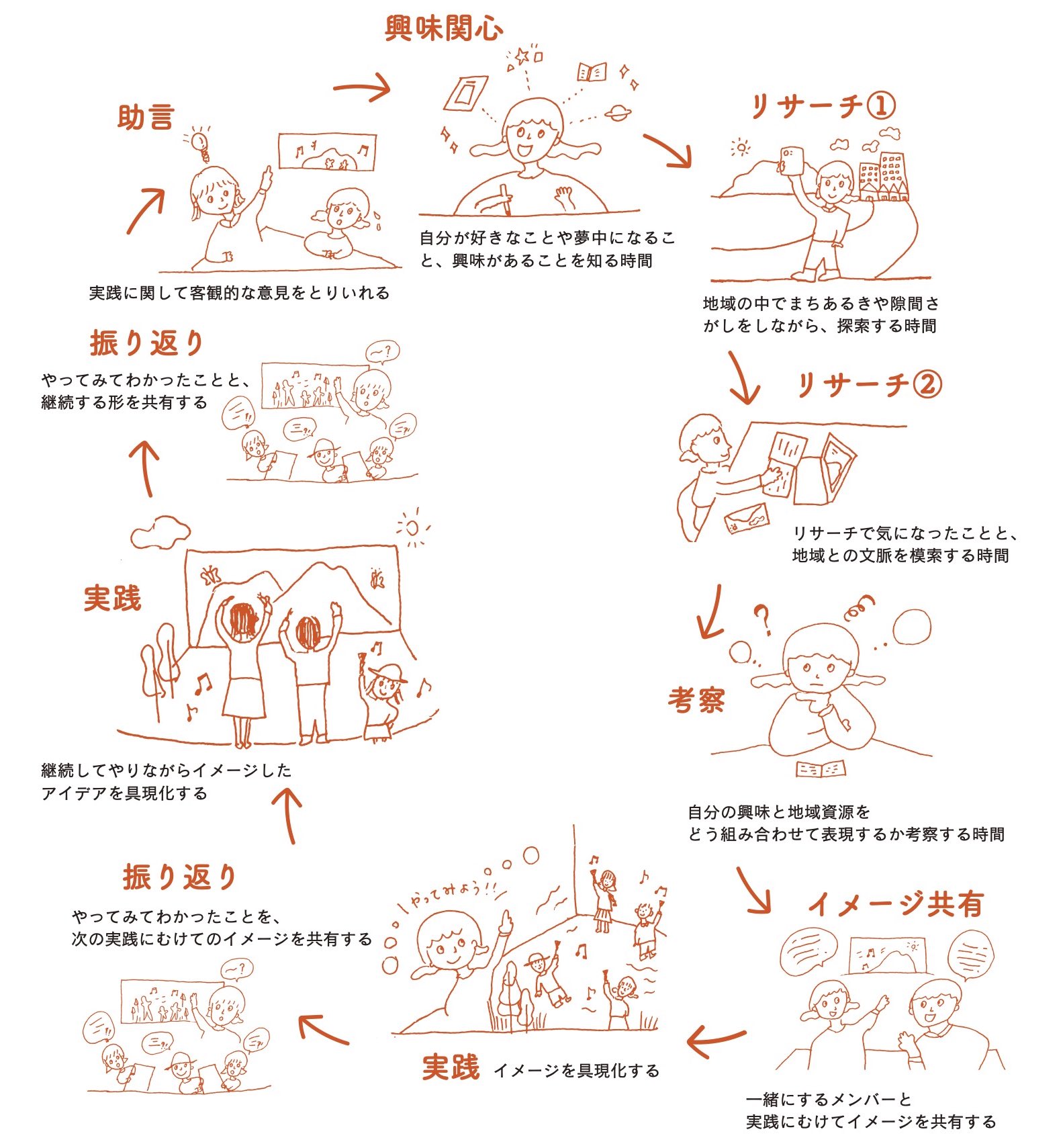
“Creative Cycle”
Learning and Creating cycle of CLE
What we might call a “creation cycle” or “creative cycle” is at the core of our reserach activities. It points two closely related activities, one refering to learning as a cycle based on creating, as in creating art works, and another one refering to dialogical process in which the various stakeholders (teachers, students, school principals, stakehilders and members of the local community, experts, advisors, etc.) participate to discuss the development of concrete models for changing the current educational environment to a more open and integrating one. We not aim at changing the school environment from top down, neither do we want to add another layer of learning content or new pedagogic methodologies to an already overflowing and too busy school program.
In the creative cycle we exchange experiences, share information, create collaborational networks, aim at inspiring new ways to look at things, share models, and discuss how to unclutter the current school program to make it more integrated into the social and natural envrionment.
Learning and Creating cycle of CLE
What we might call a “creation cycle” or “creative cycle” is at the core of our reserach activities. It points two closely related activities, one refering to learning as a cycle based on creating, as in creating art works, and another one refering to dialogical process in which the various stakeholders (teachers, students, school principals, stakehilders and members of the local community, experts, advisors, etc.) participate to discuss the development of concrete models for changing the current educational environment to a more open and integrating one. We not aim at changing the school environment from top down, neither do we want to add another layer of learning content or new pedagogic methodologies to an already overflowing and too busy school program.
In the creative cycle we exchange experiences, share information, create collaborational networks, aim at inspiring new ways to look at things, share models, and discuss how to unclutter the current school program to make it more integrated into the social and natural envrionment.
Roles in the Creative Laerning Process
The various actors and their roles in the creative learning enviornment
There are various stakeholders involved in the complex system of institutionalized learning, starting from the students, who should be a the core of any discussion, but often find themselves more like victims of an overarching educational bureaucracy and at the whims of global assessment discussions that increasingly escalate the pressure based on numerical values that only represent a tiny section of human learning achievements with a rigid focus on knowledge and prescribed methodologies.
In our research, we aim at devising an open and dialogical process in which all parties concerned have a say, of course with students and learners at the center.
Another central topic of our research is to develop and test the feasibility of what we call the “Learning Environment Curator”, a new not neseccarily independent role with a focus on facilitating the extension of learning beyond the school premises into the community and the natural environment.
The various actors and their roles in the creative learning enviornment
There are various stakeholders involved in the complex system of institutionalized learning, starting from the students, who should be a the core of any discussion, but often find themselves more like victims of an overarching educational bureaucracy and at the whims of global assessment discussions that increasingly escalate the pressure based on numerical values that only represent a tiny section of human learning achievements with a rigid focus on knowledge and prescribed methodologies.
In our research, we aim at devising an open and dialogical process in which all parties concerned have a say, of course with students and learners at the center.
Another central topic of our research is to develop and test the feasibility of what we call the “Learning Environment Curator”, a new not neseccarily independent role with a focus on facilitating the extension of learning beyond the school premises into the community and the natural environment.

ryudai+C reimagin university
Creative Learning Environments for Innovating
University Education
ryudai+C was launched in 2024 at the University of the Ryukyus as a reserach project aiming at innovating university level education, emphasizing interdisciplinary approaches, problem-oriented learning, student agency, and co-creation. It started in July 2024 as part of the University of the Ryukyus COI-NEXT JST research framework.
ryudai+C has a very concrete goal: innovating university education through “social practice” from within the existing university structure. Our approach is based on the Creative Learning Environment framework and long years of experience with realizing art projects in various social contexts. The project is participatory in nature and can be defined as a form of “action research,” as it engages directly with the social context by instigating change through various activities.
Universities are extremely complex and dynamic entities, ideally consisting of a large number of critically thinking individuals organized into faculties and research centers that require utmost independence to facilitate meaningful education and research. For good reason, uni- versities should defy simple top-down direct- ed innovation. Change in the system needs to happen in a way that not only respects the agency of all concerned parties involved but actively engages faculty and non-faculty staff as well as students and the community. Agency is the most valuable currency of universities, and without it, we cannot expect meaningful research or education.
ryudai+C is experimental in nature and combines action and reflection in a creative cycle. Therefore, this documentation is rich with imagery to allow the reader to follow us on our journey.
The projects is documentation can be downloaded as a pdf file.
ryudai+C
Creative Learning Environments for Innovating University Education
Creative Learning Environments for Innovating University Education

Creative Learning Environment Discovering New Educational Horizons from a small Island
2014 publication
2014 publication


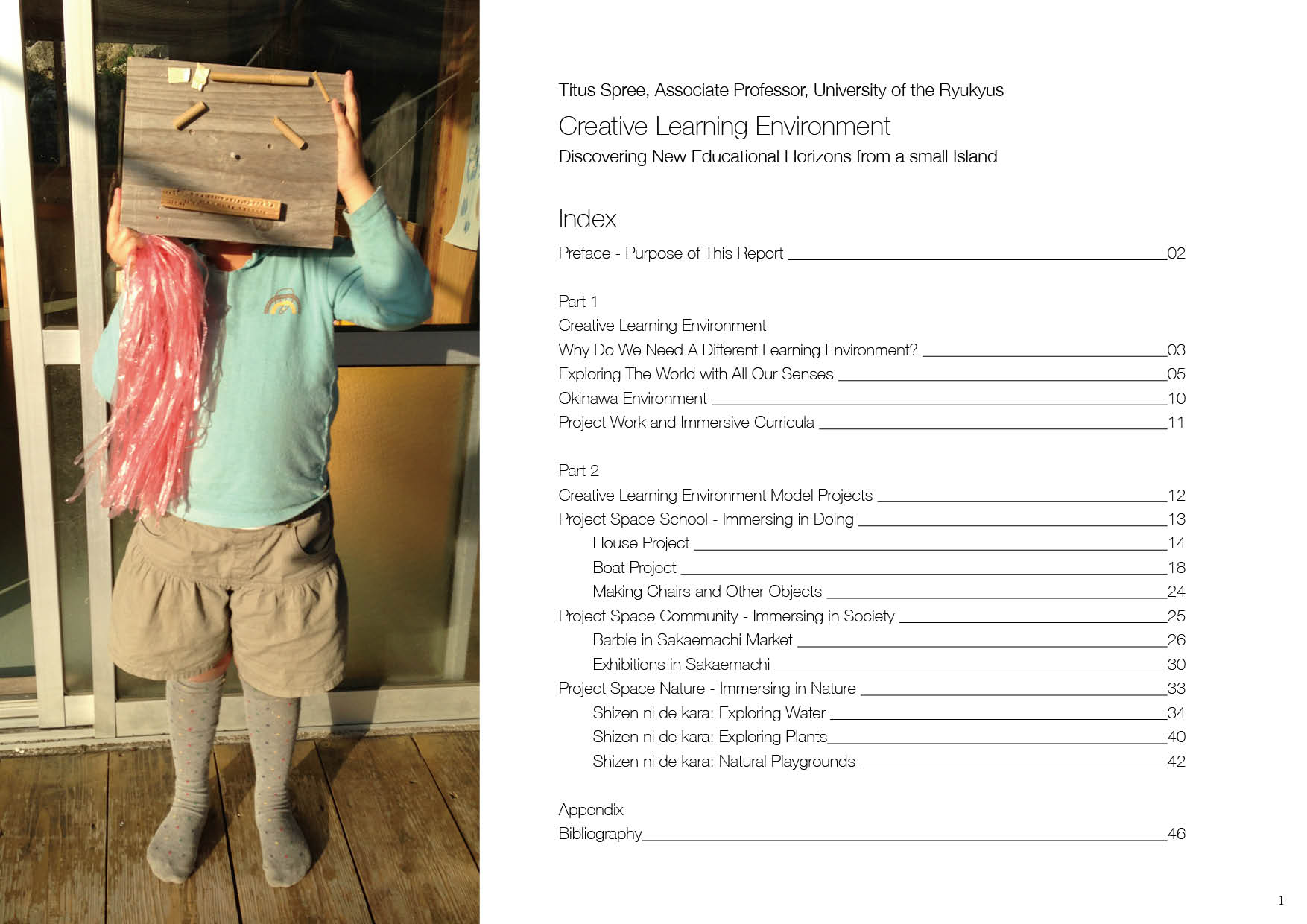




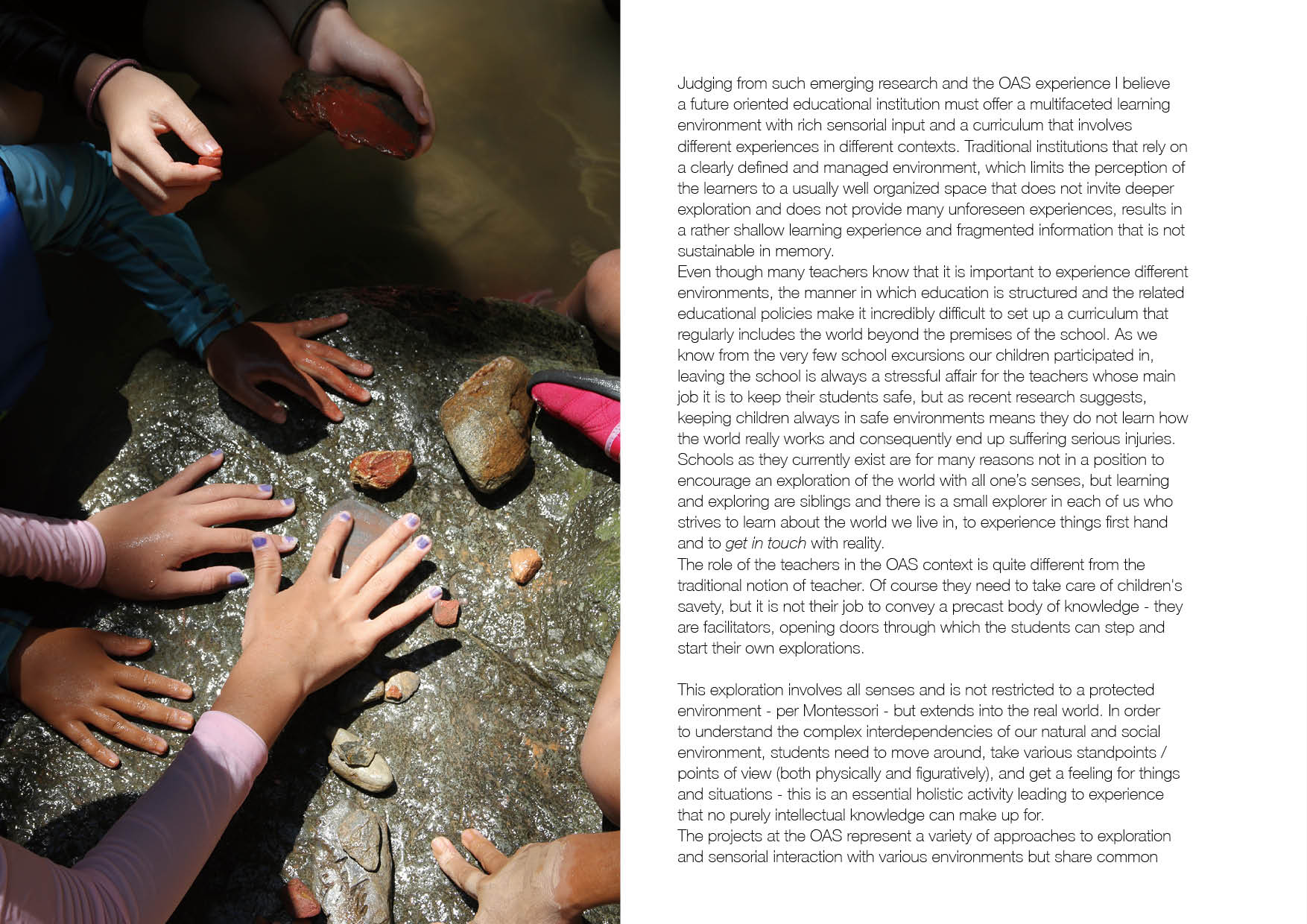




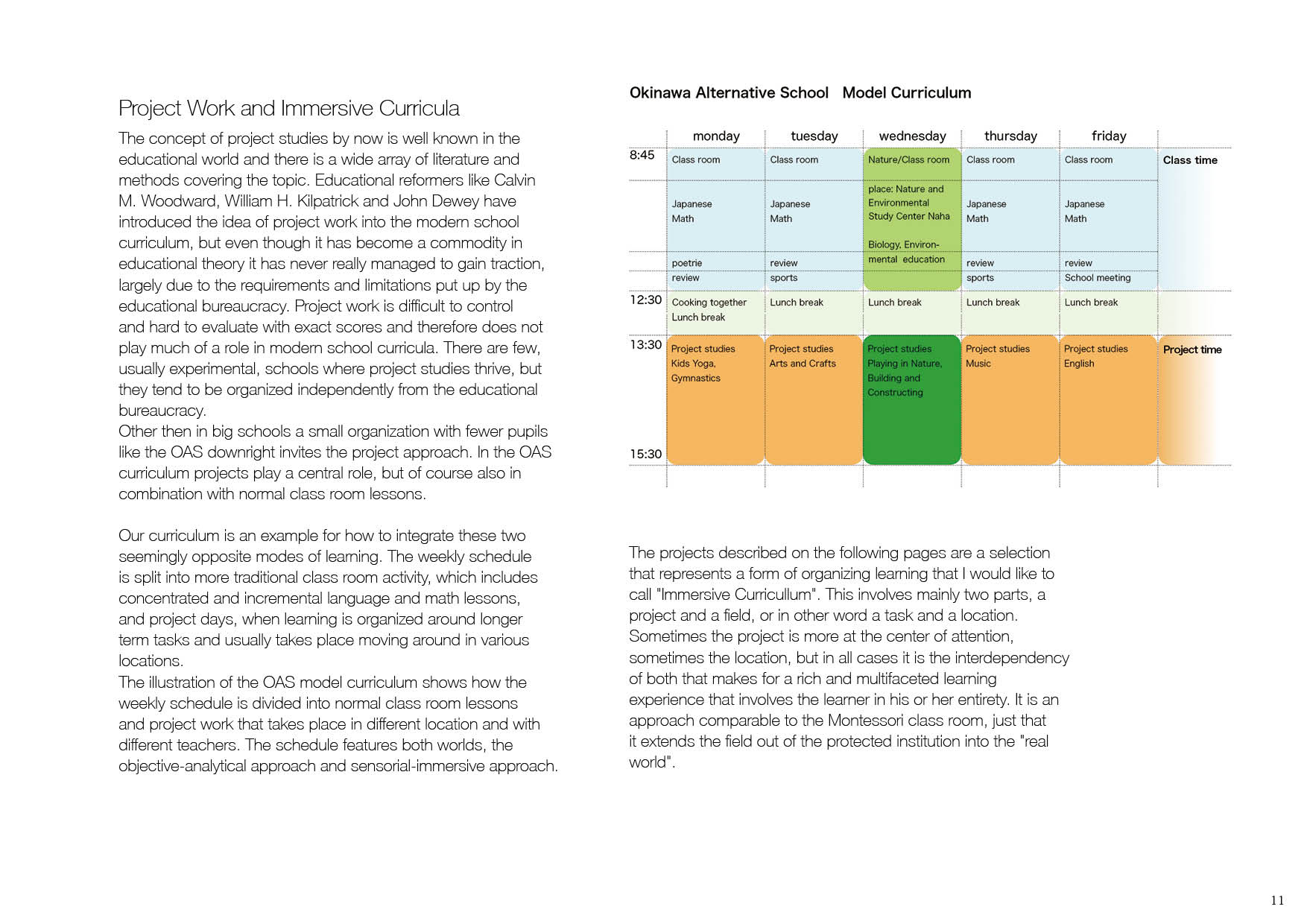
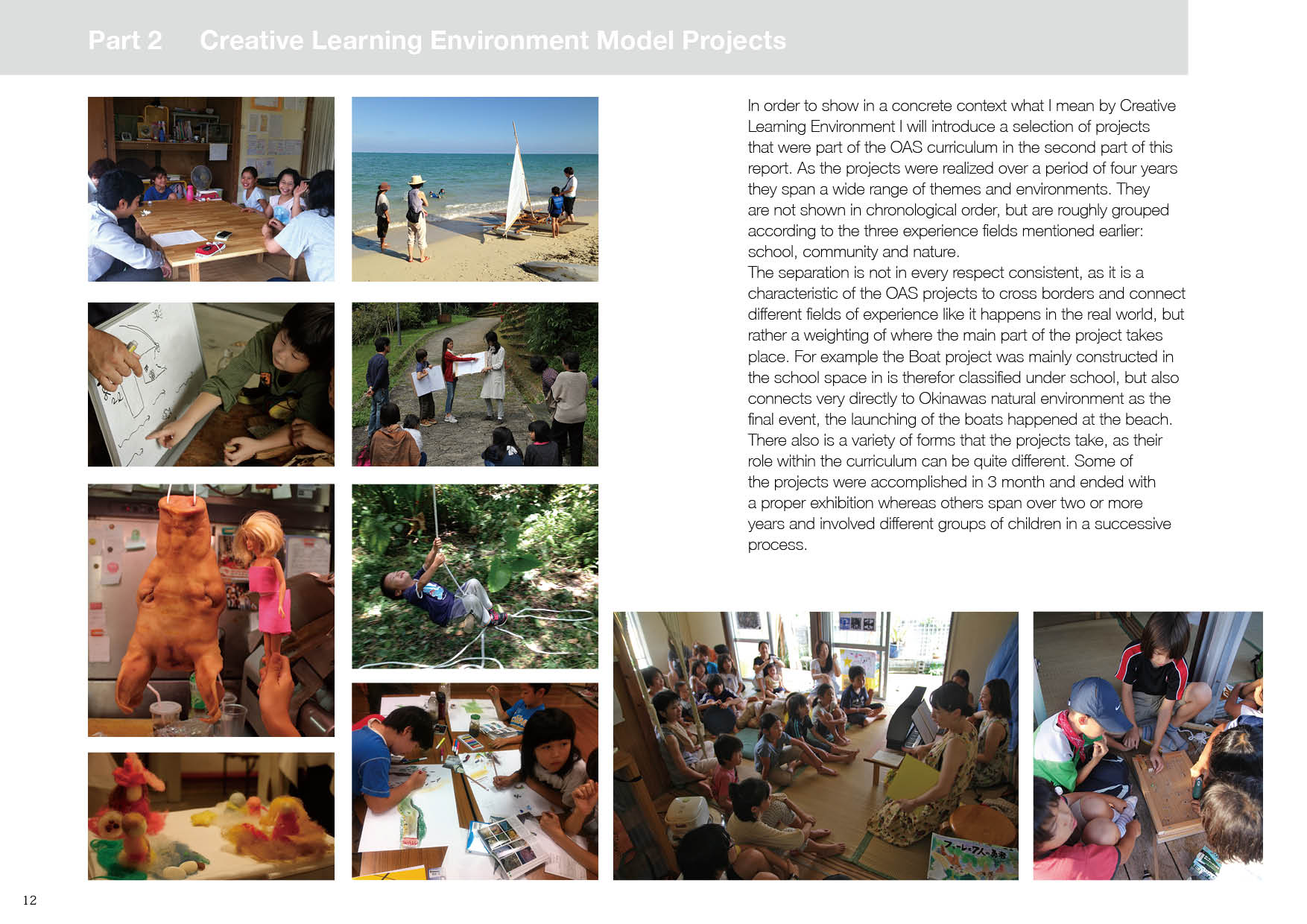

















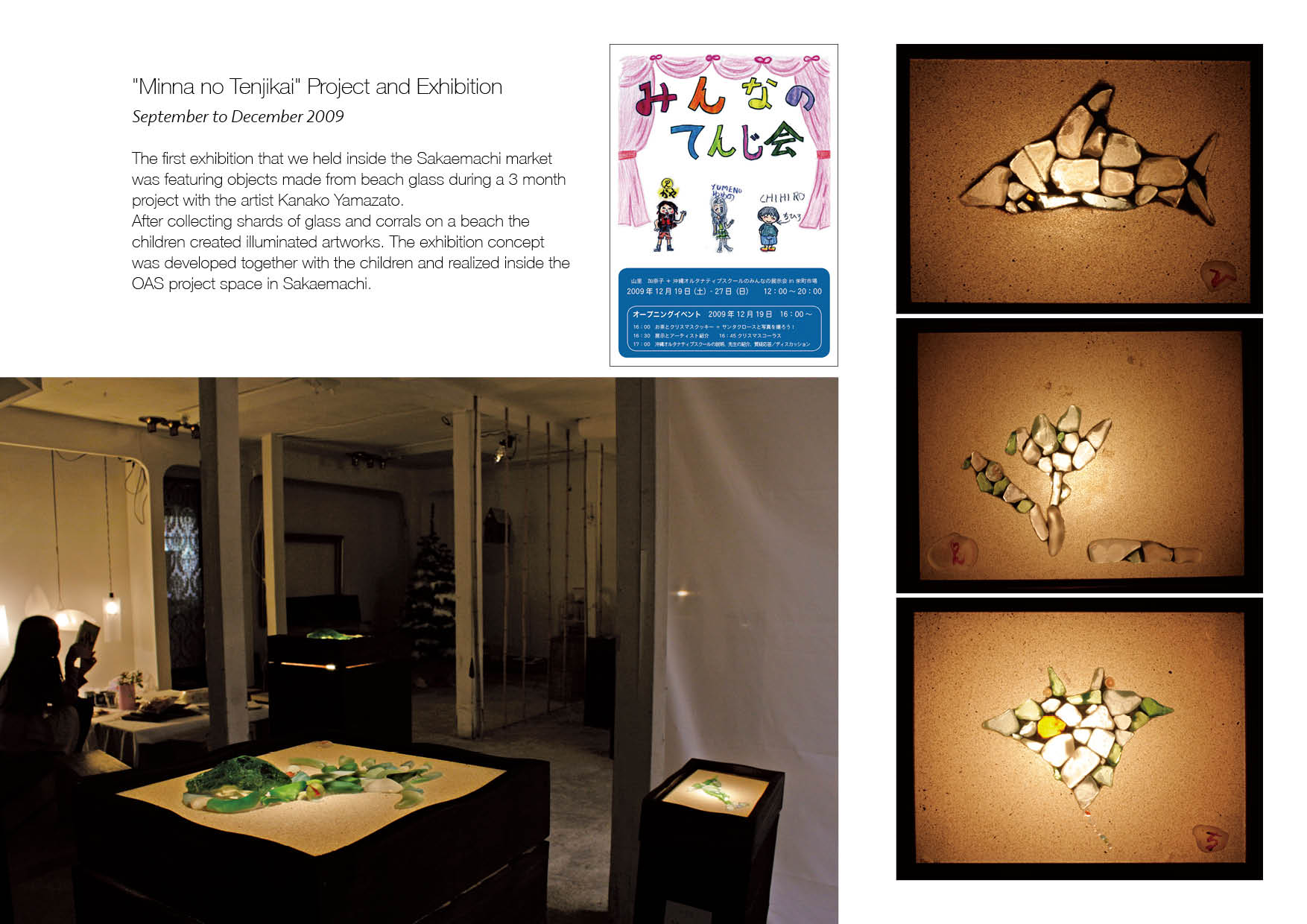

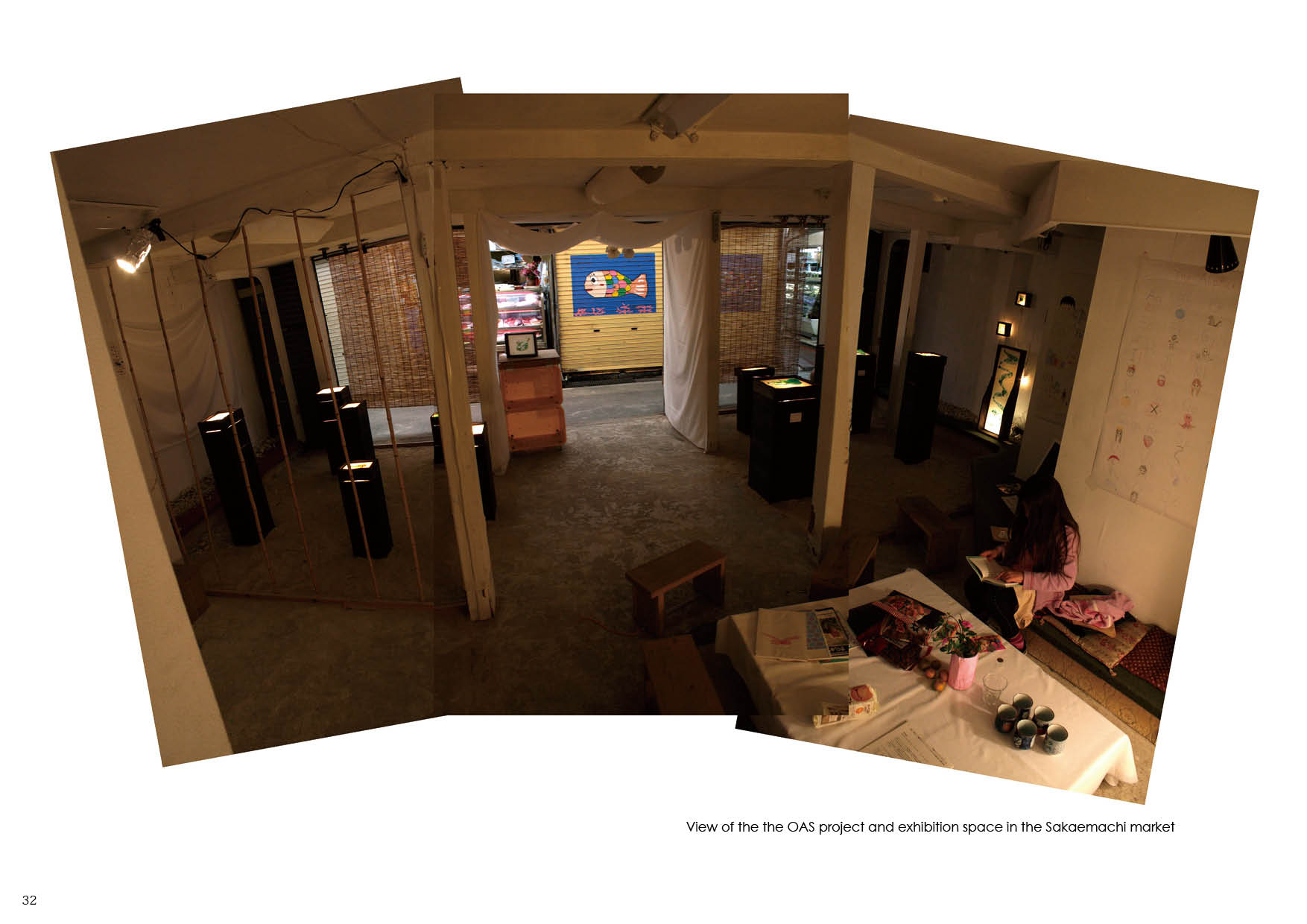


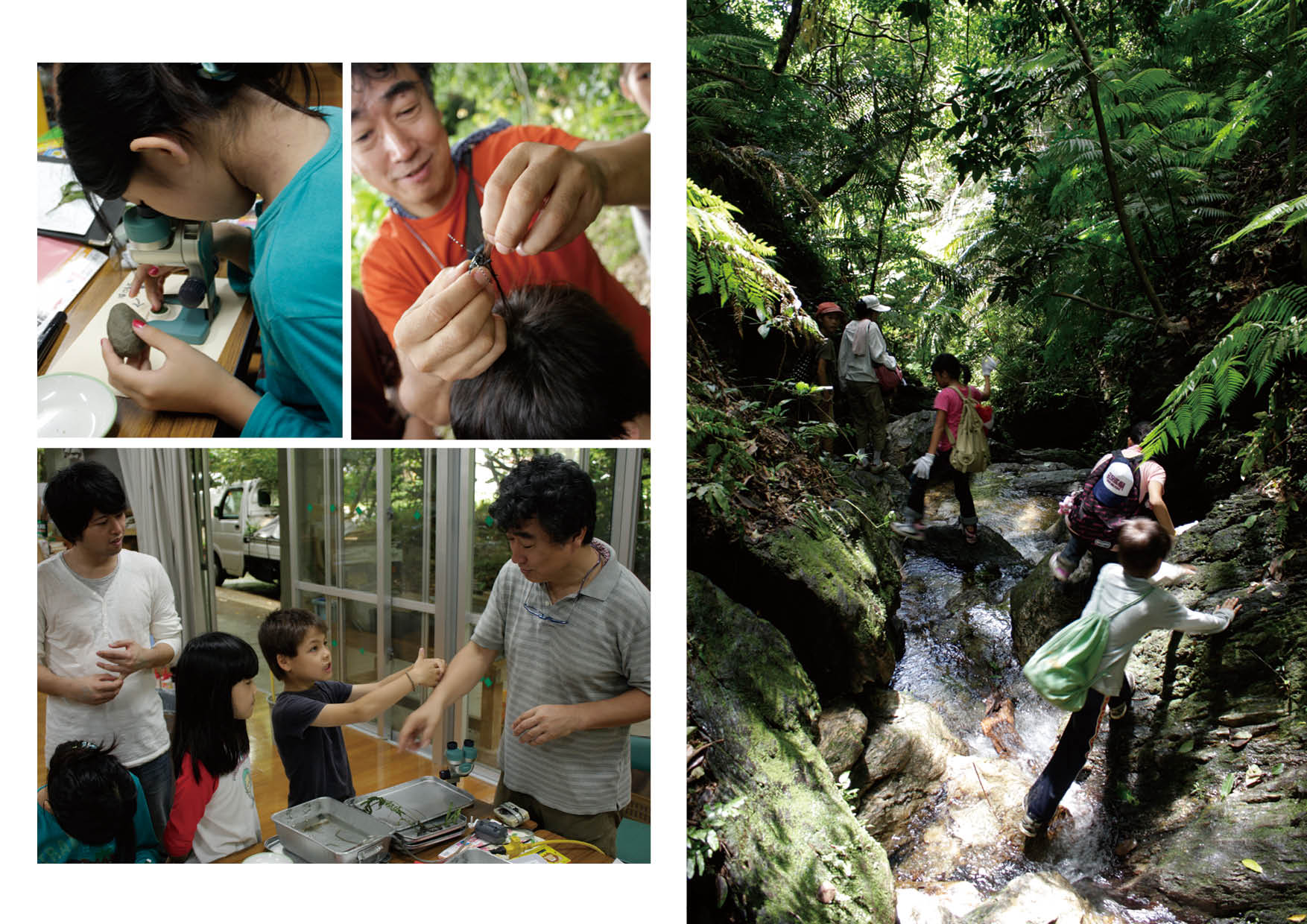










Contentpreview
Abstract
The applied research documented here introduces “Creative Learning Environment" (CLE), an experimental approach towards school education in which learning is defined as a creative process that immerses students in the natural and social environment of their communities.
Documented in the research paper are a variety of activities and projects that were conducted in the framework of an alternative school project in Okinawa, Japan between 2009 and 2014.
The CLE approach was developed based on long years of experience with organizing contemporary art projects as well as with realizing site-specific art works and introduces ways of going about projects common in the field of art to educational practice.
CLE as discussed in the paper is constructed of three overlapping activity fields: school, nature, and community. Learning and teaching is embedded in a dialogical process that enables the agency of the teacher as well s that of the learner.
Teachers in the CLE context act less like conveyors of knowledge but more like curators, whose role it is to integrate local culture and nature into a learning environment that extends beyond the premises of the school. The visually rich documentation depicts how an active engagement in different environments in a largely self-directed way can enable the agency of the learner and foster creative interaction with real environments. This research documentation is not to be seen as a manual, but rather as a source of inspiration for how to organize learning in a way that the learner becomes an active and independent participant in an open and locally rooted process of acquiring knowledge and experience.
Documented in the research paper are a variety of activities and projects that were conducted in the framework of an alternative school project in Okinawa, Japan between 2009 and 2014.
The CLE approach was developed based on long years of experience with organizing contemporary art projects as well as with realizing site-specific art works and introduces ways of going about projects common in the field of art to educational practice.
CLE as discussed in the paper is constructed of three overlapping activity fields: school, nature, and community. Learning and teaching is embedded in a dialogical process that enables the agency of the teacher as well s that of the learner.
Teachers in the CLE context act less like conveyors of knowledge but more like curators, whose role it is to integrate local culture and nature into a learning environment that extends beyond the premises of the school. The visually rich documentation depicts how an active engagement in different environments in a largely self-directed way can enable the agency of the learner and foster creative interaction with real environments. This research documentation is not to be seen as a manual, but rather as a source of inspiration for how to organize learning in a way that the learner becomes an active and independent participant in an open and locally rooted process of acquiring knowledge and experience.
Creative Learning Environment Contents
Preface - Purpose of This Report 02
Part 1
Creative Learning Environment
Why Do We Need A Different Learning Environment? 03
Exploring The World with All Our Senses 05
Okinawa Environment 10
Project Work and Immersive Curricula 11
Part 2
Creative Learning Environment Model Projects 12
Project Space School - Immersing in Doing 13
House Project 14
Boat Project 18
Making Chairs and Other Objects 24
Project Space Community - Immersing in Society 25
Barbie in Sakaemachi Market 26
Exhibitions in Sakaemachi 30
Project Space Nature - Immersing in Nature 33
Shizen ni de kara: Exploring Water 34
Shizen ni de kara: Exploring Plants 40
Shizen ni de kara: Natural Playgrounds 42
Appendix
Bibliography 46

The english page ist still evolving so please check back for updates...
本研究は琉球大学 SDGs 社会課題解決研究プロジェクト経費の助成を受けたものです